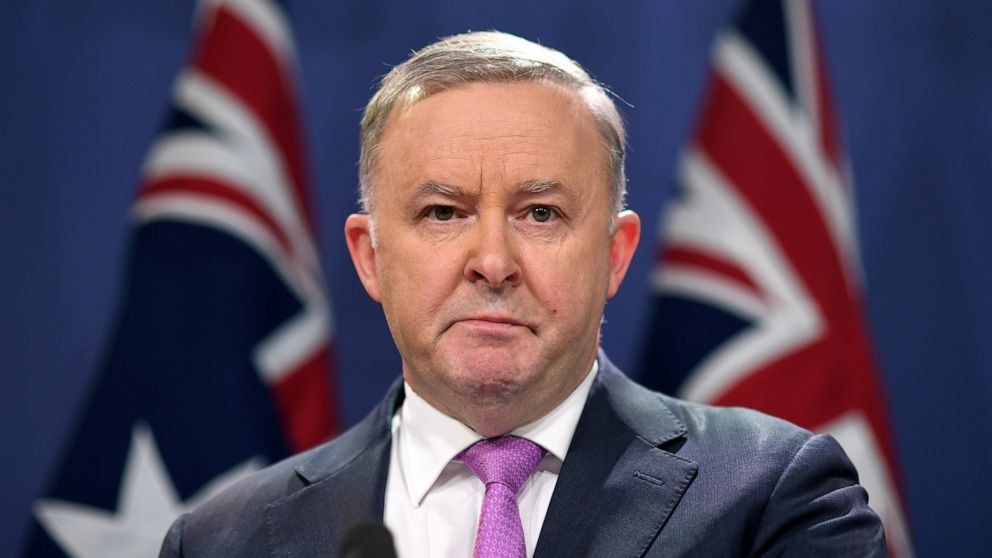Political donations rules are finally in the spotlight – here’s what the government should do
- Written by Kate Griffiths, Deputy Program Director, Budgets and Government, Grattan Institute

Australia’s political donations rules are woefully inadequate, but donations reform is finally on the agenda. The federal government has signalled its interest in reform and will soon begin briefing MPs[1] on its plan. Greater transparency on who is donating, caps on donations, and limits on campaign expenditure are all on the table. Here’s what the government should – and shouldn’t – do.
Rules around political donations at the federal level have long lagged the states. Under the federal rules, only donations of more than $16,300 need to be on the public record. Before the last federal election, Labor promised to lower this threshold to $1,000, in line with NSW, Victoria, and Queensland, and it is now seeking to fulfil this promise.
Read more: Politics with Michelle Grattan: Special Minister of State Don Farrell wants donation and spending caps for next election[2]
Donations from the same donor should also be aggregated by political parties to prevent “donations splitting”.
Quicker reporting of political donations is long overdue. Under the current system, it takes at least seven months and sometimes up to 19 months for a large donation to be made public. Introducing “real time” disclosure requirements would mean that Australians know who’s donating while policy issues – and elections – are still “live”.
These three changes – reducing the donations disclosure threshold, aggregating donations from the same donor, and publishing the data in real time – are all quite simple reforms that could be implemented quickly. And there is likely to be widespread support across parliament for these sorts of transparency measures, so this would be a good place to start.
Where things get trickier is around caps – on both political donations and campaign spending. Both types of caps were supported by a recent parliamentary committee inquiry into the 2022 election, and Labor has signalled its interest[3] in these bigger reforms.
A cap on political donations aims to reduce the influence of any one donor. Clive Palmer’s record-breaking donations[4] in the lead-up to the 2019 and 2022 federal elections have highlighted the potential for wealthy individuals to have substantial influence in Australian elections.
The trick will be in setting the right level for the cap: low enough to be meaningful, yet high enough to enable new entrants to raise the funds necessary to compete with existing players. Some people show their political support with time, others with money, so donations caps need to allow for different forms of democratic participation too.
Caps on campaign spending would be the real game-changer though. Parties and candidates can currently spend as much money as they can raise, so big money means greater capacity to sell your message to voters.
Capping expenditure in the lead-up to elections would limit the “arms race” to raise more and more funds, and ultimately reduce parties’ dependency on major donors. It is this dependency that “buys” donors substantial access[5] to politicians – and access means opportunities to sway public decisions in the donor’s favour.
Caps on campaign spending would be a big reform to reduce the influence of money in politics. But there are several design issues that still need to be resolved.
Given that other groups, such as unions and industry peak bodies, may campaign on political issues, their political expenditure would also need to be capped. A higher cap should apply for political parties – the primary players in an election – than for third parties.
Independents have warned that spending caps could create barriers for new entrants[6]. A “one-size-fits-all” model would favour the major parties because they are already well known and usually contest every seat. At a minimum, caps are needed both for total spend and per electorate, to prevent major parties pooling their resources to fight just a few seats.
Read more: A full ban on political donations would level the playing field – but is it the best approach?[7]
These challenges are not insurmountable. NSW has long had expenditure caps in place for state elections and offers a model the federal government could follow.
Another way to resolve many of the concerns would be for the cap to apply to political advertising expenditure only. The idea would be to limit political-party and third-party advertising during election campaigns, but not restrict political expression through more grass-roots channels, or at other times.
The government should take the time to get this right. Campaign spending caps would be a bold reform that would strongly benefit from agreement across the parliament. Even if a quick consensus could be reached, the Australian Electoral Commission would still need time to implement the changes, so this reform would not be ready for the next federal election.
The government should take a consultative approach on caps to land a model that has broad support and trust. But there is no need to delay the transparency reforms. If the government moves quickly, Australians could have much better information on who funds political parties when we head to the polls in 2025.
References
- ^ begin briefing MPs (www.smh.com.au)
- ^ Politics with Michelle Grattan: Special Minister of State Don Farrell wants donation and spending caps for next election (theconversation.com)
- ^ signalled its interest (www.smh.com.au)
- ^ record-breaking donations (theconversation.com)
- ^ “buys” donors substantial access (grattan.edu.au)
- ^ barriers for new entrants (www.aph.gov.au)
- ^ A full ban on political donations would level the playing field – but is it the best approach? (theconversation.com)

















